Gyrocopter concept – The gyrocopter, also known as an autogyro, is a unique type of aircraft that combines the features of a helicopter and an airplane. It is a rotorcraft that uses an unpowered rotor in autorotation to generate lift, and a powered propeller to provide thrust.
Contents
The concept of the gyrocopter was first developed in the early 1920s by Spanish engineer Juan de la Cierva, who sought to create an aircraft that could safely fly at low speeds and short takeoff and landing distances.
The gyrocopter has since evolved into a versatile and efficient aircraft that is used for a variety of purposes, including recreational flying, aerial photography, agricultural spraying, and even military reconnaissance.
The gyrocopter concept is based on the principle of autorotation, which allows the rotor to spin freely and generate lift without the need for a powered engine. This unique feature gives gyrocopters the ability to fly at low speeds and make short takeoff and landing maneuvers, making them ideal for operations in confined spaces or rough terrain.
With their ability to hover and maneuver with precision, gyrocopters have become popular for recreational flying and aerial photography, as well as for commercial and military applications. As technology continues to advance, the gyrocopter concept is being further developed to improve performance, safety, and efficiency, making it an increasingly attractive option for a wide range of aviation needs.
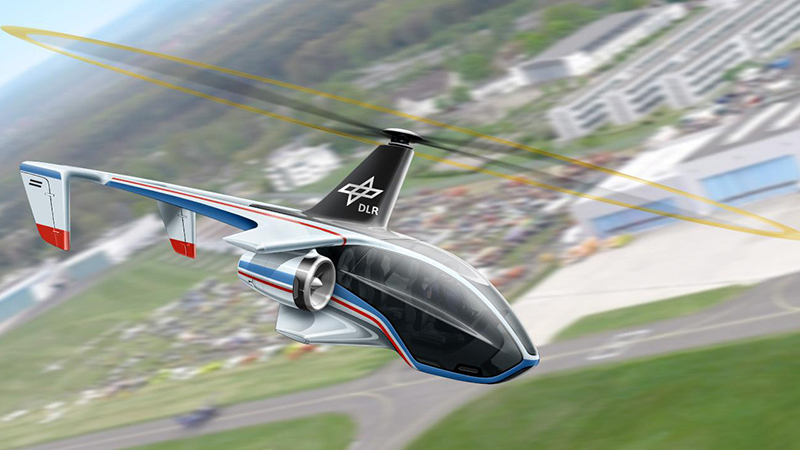
History of Gyrocopters
The history of gyrocopters dates back to the early 20th century, when Spanish engineer Juan de la Cierva developed the first successful autogyro design. De la Cierva’s initial experiments with rotorcraft led to the creation of the C.4, the world’s first successful autogyro, which made its maiden flight in 1923.
This groundbreaking achievement laid the foundation for the development of modern gyrocopters, which have since become popular for a wide range of applications.
In the years following de la Cierva’s pioneering work, gyrocopters continued to evolve and improve in design and performance. During World War II, gyrocopters were used for reconnaissance and observation missions, demonstrating their versatility and effectiveness in military operations.
In the post-war era, gyrocopters gained popularity for recreational flying and aerial photography, as well as for agricultural spraying and other commercial applications. Today, gyrocopters are used around the world for a variety of purposes, from leisure flying to search and rescue missions, showcasing their enduring appeal and adaptability as a unique type of aircraft.
- Superior Quiet – Zulu 3 delivers advanced active noise reduction (ANR) performance over a deep, broad range of low-frequ…
- Low Profile Comfort – Weighing just 14.6 ounces (including ear seals and mic boom), Zulu 3 has a low-profile, stainless-…
- Durability and Longevity – Made almost entirely of stainless steel and magnesium — with durable cables built around a Ke…
How Gyrocopters Work
Gyrocopters operate on the principle of autorotation, which allows the rotor to spin freely and generate lift without the need for a powered engine. When the rotor is in motion, air flows through it, causing it to spin and generate lift.
This lift allows the gyrocopter to take off and fly, while the powered propeller provides thrust for forward motion. Unlike helicopters, gyrocopters do not have a powered rotor and rely on forward motion to keep the rotor spinning.
The unique design of gyrocopters gives them several advantages over traditional aircraft. Their ability to fly at low speeds and make short takeoff and landing maneuvers makes them ideal for operations in confined spaces or rough terrain.
Additionally, their ability to hover and maneuver with precision makes them popular for recreational flying and aerial photography. With their simple and efficient design, gyrocopters are also relatively easy to maintain and operate, making them an attractive option for a wide range of aviation needs.
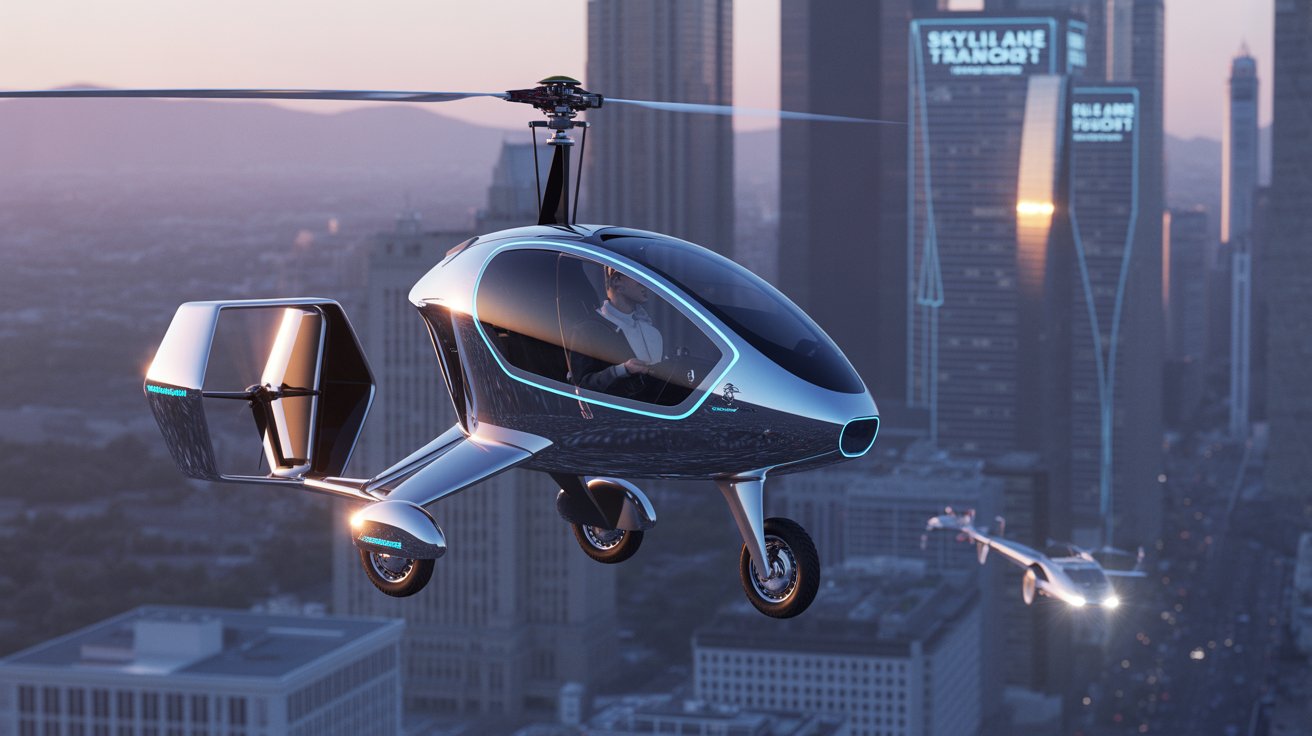
Advantages of Gyrocopters
Gyrocopters offer several advantages over traditional aircraft, making them an attractive option for a wide range of applications. One of the main advantages of gyrocopters is their ability to fly at low speeds and make short takeoff and landing maneuvers.
This makes them ideal for operations in confined spaces or rough terrain, where traditional aircraft may struggle to operate effectively. Additionally, their ability to hover and maneuver with precision makes them popular for recreational flying and aerial photography.
Another advantage of gyrocopters is their simple and efficient design, which makes them relatively easy to maintain and operate. Unlike helicopters, gyrocopters do not have a powered rotor and rely on forward motion to keep the rotor spinning.
This reduces the complexity of their design and makes them more cost-effective to operate. Additionally, gyrocopters are generally safer than helicopters, as they are less prone to mechanical failure and have a lower risk of autorotation accidents.
- 【F/A-18F Super Hornet 】- The Boeing F/A-18F Super Hornet are supersonic twin-engine, carrier-capable multirole fighters …
- 【Advanced Process and Technology】-The F/A-18F Super Hornet Fighter Aircraft Display Model is flawlessly painted using in…
- 【Product Specification】-The classic diecast aircraft model accurately restores the appearance and details of the real ai…
Potential Applications of Gyrocopters
Gyrocopters have a wide range of potential applications, thanks to their unique combination of features that make them suitable for various tasks. One potential application of gyrocopters is in recreational flying and aerial photography.
Their ability to fly at low speeds and make short takeoff and landing maneuvers makes them ideal for capturing stunning aerial images and videos. Additionally, their ability to hover and maneuver with precision allows photographers and videographers to capture unique perspectives that would be difficult or impossible to achieve with other aircraft.
Another potential application of gyrocopters is in agricultural spraying. Their ability to fly at low speeds and make short takeoff and landing maneuvers makes them ideal for applying pesticides, fertilizers, and other agricultural chemicals to crops with precision and efficiency.
Additionally, their ability to hover allows them to access hard-to-reach areas that may be difficult or impossible to reach with traditional aircraft or ground-based equipment.
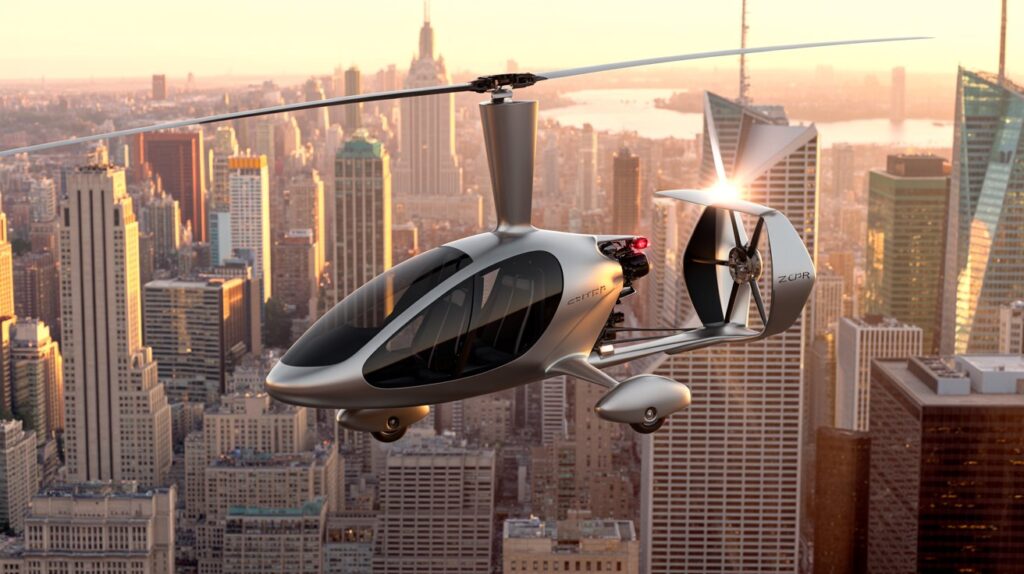
Challenges and Limitations of Gyrocopters
While gyrocopters offer several advantages over traditional aircraft, they also have some challenges and limitations that need to be considered. One challenge is their limited payload capacity, which may restrict their use for certain applications that require heavy lifting or long-range transportation.
Additionally, their limited range may also be a limitation for some applications that require long-distance travel or extended flight times.
Another challenge is their susceptibility to weather conditions, particularly strong winds. Gyrocopters are more sensitive to wind than traditional aircraft, which may limit their ability to operate effectively in certain weather conditions. Additionally, their reliance on autorotation for lift means that they are more vulnerable to autorotation accidents if the rotor stops spinning unexpectedly.
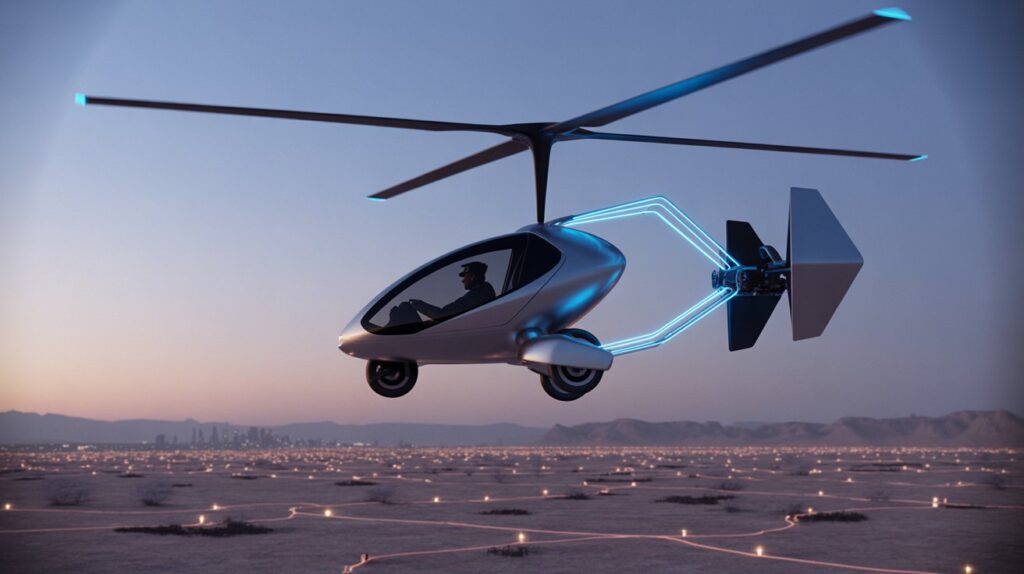
Conclusion
As technology continues to advance, there are several exciting developments in gyrocopter technology that are shaping the future of this unique type of aircraft. One area of development is in improving performance and efficiency through advanced materials and design techniques. By using lightweight materials and aerodynamic design principles, gyrocopters can be made more efficient and capable of achieving higher speeds and longer ranges.
Another area of development is in safety features and automation systems that can enhance the reliability and ease of operation of gyrocopters. By incorporating advanced avionics systems and flight control technologies, gyrocopters can become safer and easier to fly, reducing the risk of accidents and improving overall operational efficiency.
In addition to these technological advancements, there is also ongoing research into alternative power sources for gyrocopters, such as electric propulsion systems. By using electric motors instead of traditional internal combustion engines, gyrocopters can become more environmentally friendly and cost-effective to operate.
Overall, the future of gyrocopter technology looks promising, with continued advancements in performance, safety, and efficiency that will further expand the potential applications of this unique type of aircraft. As these developments continue to unfold, gyrocopters are likely to become an increasingly attractive option for a wide range of aviation needs.
- Realistic Military Design: Inspired by the legendary Black Hawk helicopter, this RC model features a sleek, scaled-down …
- Easy to Fly for Kids & Beginners: No flight experience? No problem. With one-key takeoff and landing, altitude hold, and…
- Safe Flying Fun: SYMA RC helicopter is designed with family safety in mind, featuring smart obstacle detection that shut…

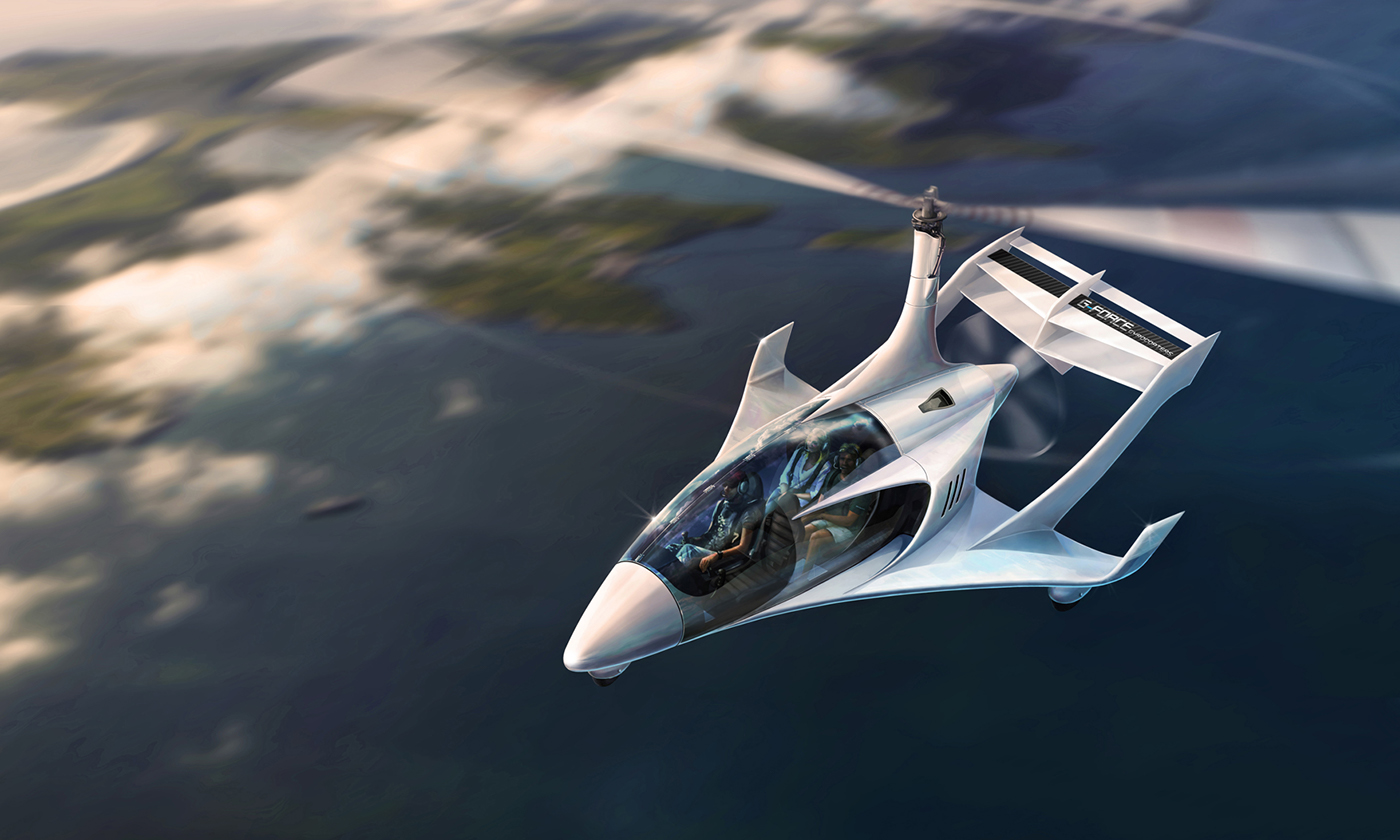



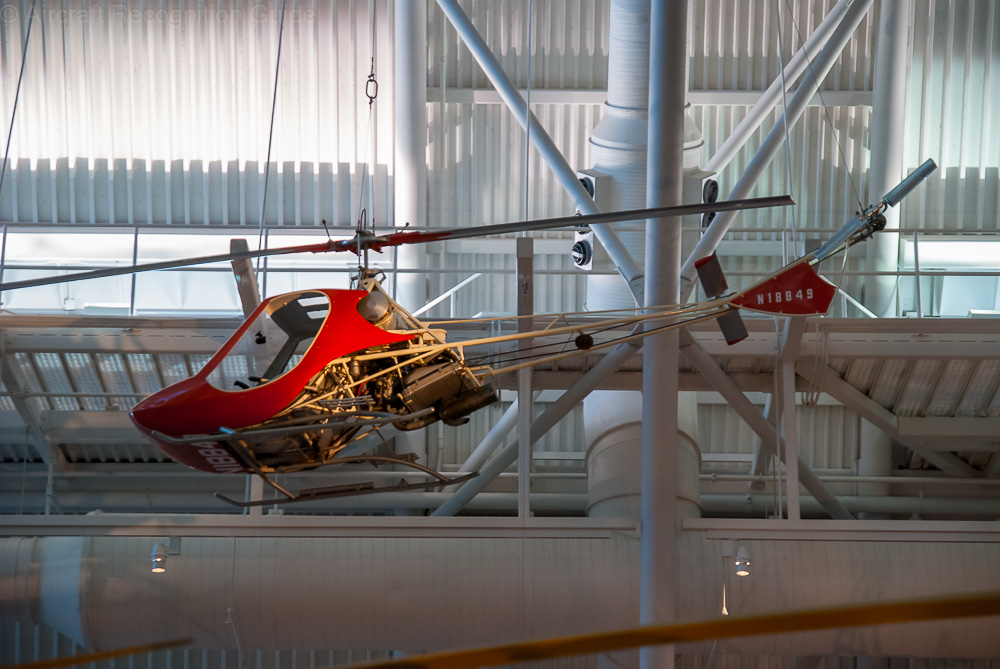


Leave a Reply